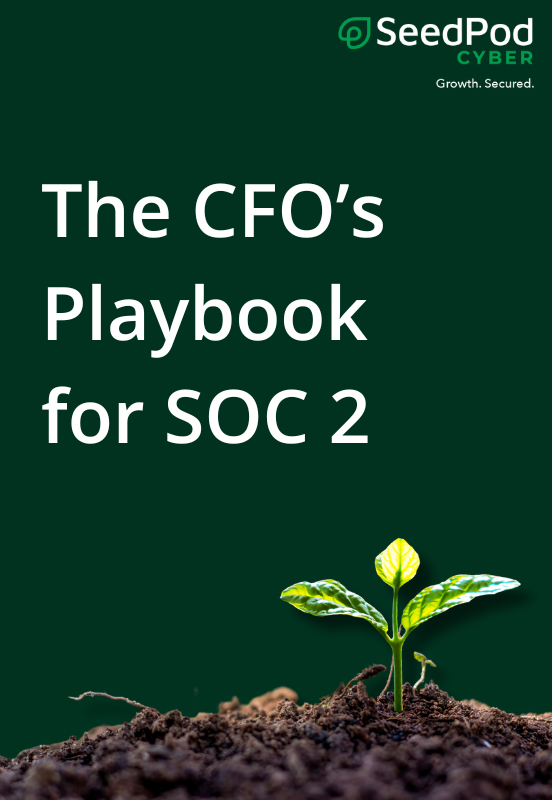
SOC 2 compliance has become a recurring topic in boardrooms — and increasingly, it’s landing on the CFO’s desk. What used to be seen as a technical milestone is now recognized as a critical component of business strategy, risk management, and even valuation. If you’re a CFO in a technology-driven or data-reliant company, you’ve likely found yourself navigating decisions that go far beyond IT — from audit budgets to platform selection to insurance implications.
This shift reflects a broader truth: SOC 2 is no longer just about checking a compliance box. It’s a signal of operational maturity, customer trust, and financial resilience. And the most strategic CFOs are now using it to drive competitive advantage.
The Pitfall: Treating SOC 2 Like a Certificate
Too often, companies take a narrow view of SOC 2 — focusing solely on passing the audit and getting the badge. That approach can lead to:
- Temporary fixes instead of long-term controls
- A false sense of security
- Missed opportunities to improve insurance terms or reduce real-world risk
SOC 2 is not just about passing an exam. It’s about building a foundation that protects your customers, your operations, and your bottom line.
The Opportunity: Compliance That Actually Reduces Risk
Handled strategically, SOC 2 can support broader business goals:
- Sales enablement – Shorten procurement cycles and unlock enterprise deals
- Stronger valuation – Demonstrate operational maturity during funding or M&A
- Lower insurance premiums – Align controls with underwriter expectations
- Resilience – Build repeatable processes that reduce the likelihood and cost of incidents
CFOs are in a unique position to drive this shift — because they own the budget, understand the risk, and are ultimately responsible for protecting the balance sheet.
Key Moves for CFOs Leading the SOC 2 Process
If you’re sponsoring or overseeing SOC 2 in your organization, here are a few practical ways to create real business value in the process:
1. Scope the audit strategically
Include the right systems and trust criteria based on your customer requirements and operational risk — not just what’s easiest to check off.
2. Don’t rely too heavily on automation platforms
Tools like Drata, Vanta, and Secureframe can streamline evidence collection and control monitoring. But they don’t replace strategy, planning, or execution. Use them to support the process — not to define it.
3. Start with insurability in mind
When you align SOC 2 with cyber insurance readiness, you unlock better coverage, improved pricing, and a much clearer return on your compliance investment.
4. Build cross-functional ownership
Your security, engineering, HR, and legal teams all have a role to play. Success depends on coordination — not just documentation.
Your Guide: The CFO’s Playbook for SOC 2
If you’re navigating SOC 2 for the first time — or revisiting your approach — we’ve created a guide built specifically for finance leaders.
Our new white paper, The CFO’s Playbook for SOC 2: From Compliance Mandate to Insurable Resilience, outlines a practical, financially informed approach to managing the SOC 2 journey.
It covers:
- How to choose the right audit scope and trust criteria
- What to look for in a compliance automation platform
- How to align SOC 2 efforts with insurance risk reduction
- What internal roles, processes, and timelines to plan for
- How to calculate ROI and drive long-term resilience
SeedPod Cyber’s new white paper, The CFO’s Playbook for SOC 2, maps out every stage of the journey — from scoping your audit to choosing a platform and aligning with your insurance strategy. Whether you’re starting from scratch or optimizing your current approach, this guide is your blueprint for building resilience, reducing premiums, and strengthening your balance sheet.
Download the Playbook Here